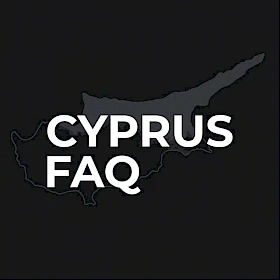Audouin’s gull population increases in Northern Cyprus

On the Kleides islands near Cape Karpas, where the only permanent colony of Audouin’s gulls (Ada martısı) in Cyprus is located, an increase in the number of nests has been recorded. Thanks to species protection measures, 22 active nests were found this year.
This success was achieved thanks to the joint efforts of KUŞKOR and BirdLife Cyprus, which have been monitoring colonies and protecting rare seabirds since 2007.
KUŞKOR Board Chair, biologist Dr. Damla Beton, told TAK that in 2007 there were around 20 nests, but by 2016 the number had fallen to eight. After that, environmental protection measures were introduced on the islands: economic activity was restricted, and fishing and hunting were banned.
One of the main threats to the gulls has been rats destroying the eggs. According to Beton, rodent control on the islands, particularly on the one closest to the mainland, Zinaritu, has helped restore suitable breeding areas.
“As rat numbers increased, food supplies declined and they began eating gull eggs, leading to a drop in the species population. We took measures to stabilize the ecosystem, and this year we achieved a record — 22 nests,” Beton said.
KUŞKOR is also running a chick-ringing program to track migration. This year, two chicks were fitted with transmitters, and specialists recorded unusual behavior: after leaving Cyprus in summer, the birds took different routes but reunited weeks later near Alexandria, Egypt.
Beton emphasized that conservation work continues and urged residents to report tagged bird sightings. She also reminded that KUŞKOR can be supported through its website or social media.
This rare Mediterranean bird was close to extinction in the 1970s — only around 1,000 pairs remained. Thanks to international conservation programs, the population grew to 25,000 pairs by 2007, but in the last 20 years it has fallen again by about 15%.
The decline is linked to reduced food availability and increased predators at nesting sites. In 2021, the IUCN classified the species as “vulnerable.”
You may also be interested in:
- A car hit a pedestrian on the road near Boğazköy: a 29-year-old man is in intensive care
- In France, a court banned a cat from leaving the house and fined its owner for the pet’s “behavior”
- A new drug for male pattern baldness has shown breakthrough results in large clinical trials
- A 58-year-old man died under an overturned truck in Karaagac
- Drunk driver crashes into car on Lefkoşa–Güzelyurt highway


